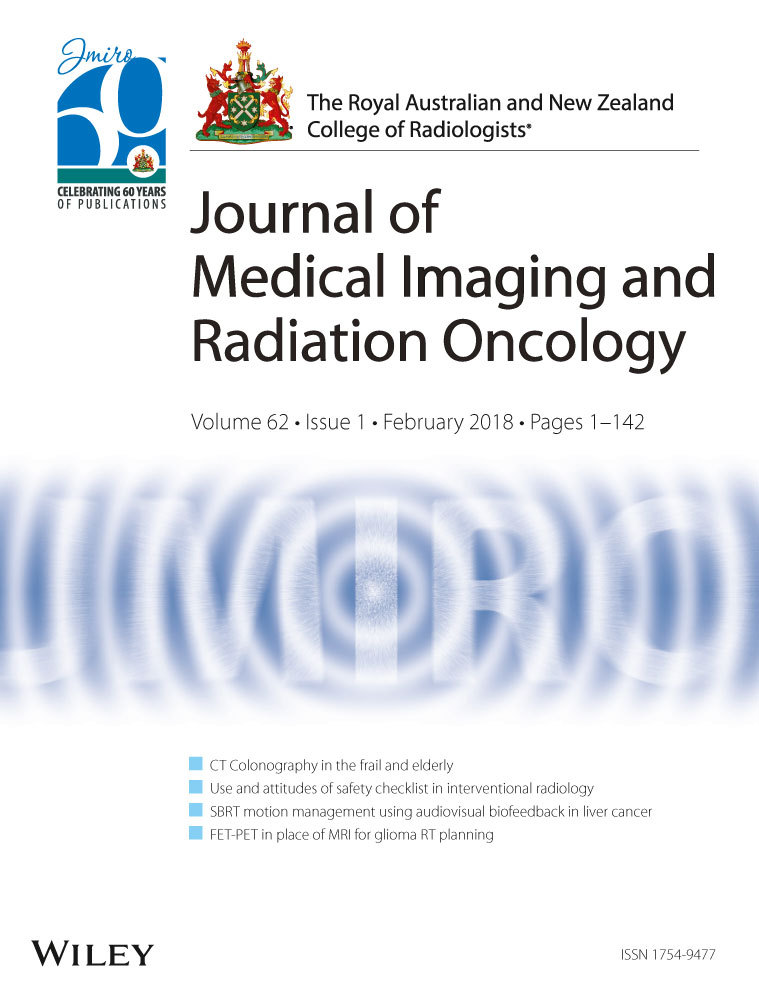Employment for radiation oncologists in Australia and New Zealand: Recent graduates survey of experiences and perspectives
Abstract
Introduction
This paper reports the key findings of the first survey of recent Radiation Oncology graduates in Australia, New Zealand (ANZ) and Singapore. It explores their experiences in entering the workforce, challenges and perspectives.
Methods
The survey was conducted in April and May 2016 focusing on graduates from 2013 to 2015. The questions related to relocation, current employment, experiences in finding a job, intentions regarding rural work, job satisfaction and perceptions of the job market.
Results
The response rate was 80% (66/83). Most respondents (72.7%) commenced and completed their training in the same location. The large majority of respondents (91%) were employed with 51% as consultants, 20% as fellows and 15% as locums. Sixty-four percent of respondents spent more than twelve weeks looking for a consultant position, but this was expected by 80% of respondents. Seventy-three percent of respondents spent more than four weeks looking for a fellowship position, but this was expected by 90%. Twenty seven percent of respondents lived and worked in a rural area with nearly half of respondents who did not work in a rural area, indicating they would consider so if certain conditions were met. The large majority (75%) were satisfied with their current employment with only seven percent reporting dissatisfaction. Respondents felt that the job market was very competitive because of the large number of trainees and better workforce planning was required to ensure a reasonable balance between workforce supply and demand. Some career guidance and mentorship for readiness for the job market was thought to be beneficial.
Conclusions
This initial survey of recent Radiation Oncology graduates in ANZ and Singapore has revealed the large majority are employed as consultants or fellows, although there is apprehension about a competitive job market. The survey should be repeated on a regular basis to monitor future trends.




